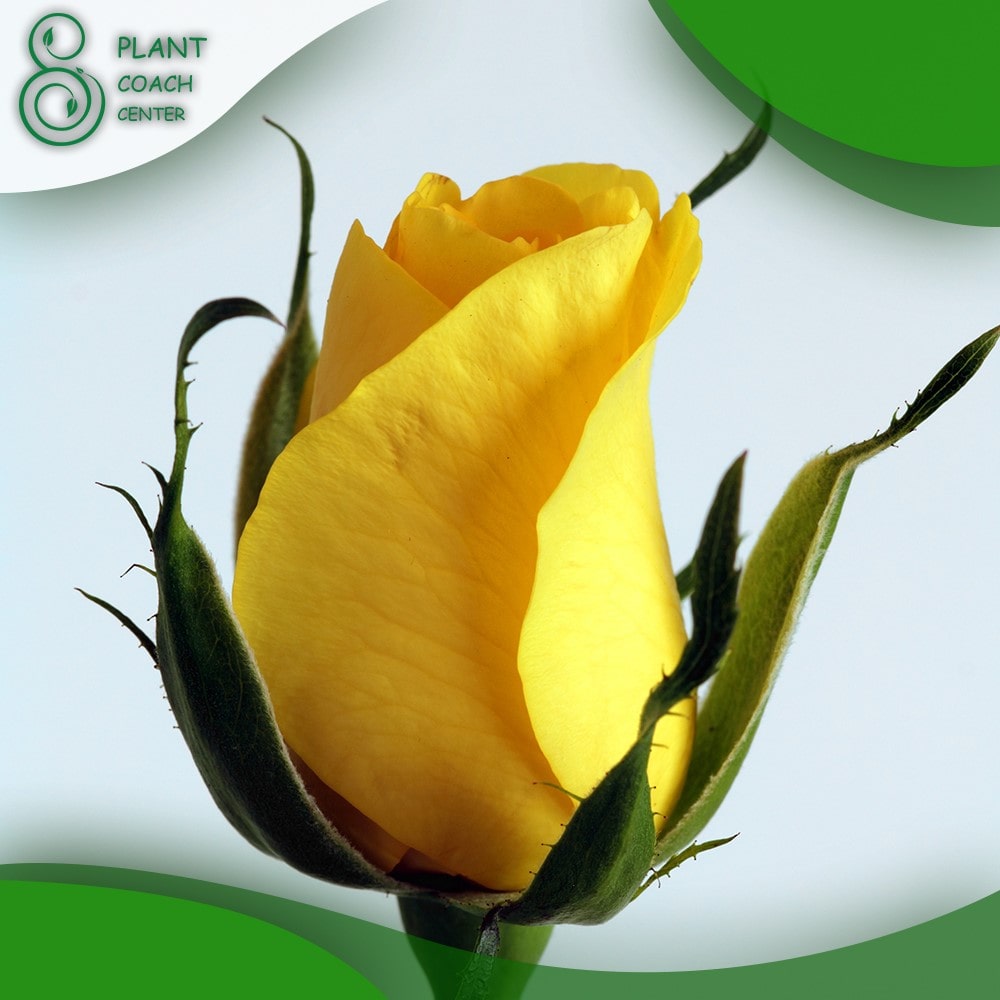When to Cut Down Roses?
In the enchanting realm of gardens, where vibrant colors and delicate fragrances weave tales of nature’s beauty, roses reign as timeless symbols of love and elegance. Yet, amid their captivating allure, a pivotal question arises: “When to cut down roses?” The answer to this question is more than a mere horticultural detail; it’s a key to unlocking the art of nurturing these floral marvels to their fullest potential.
Embarking on a journey through the delicate balance of timing and technique, we delve into the world of rose pruning—a dance between the natural rhythms of growth and the gardener’s skilled hands. In this exploration, we uncover the secrets behind deciphering a rose’s language, understanding its growth patterns, and harnessing the power of precise pruning.
Whether you’re a seasoned cultivator or a budding enthusiast, this journey promises to cultivate a deeper appreciation for the delicate grace of roses and the rhythmic choreography of their care.
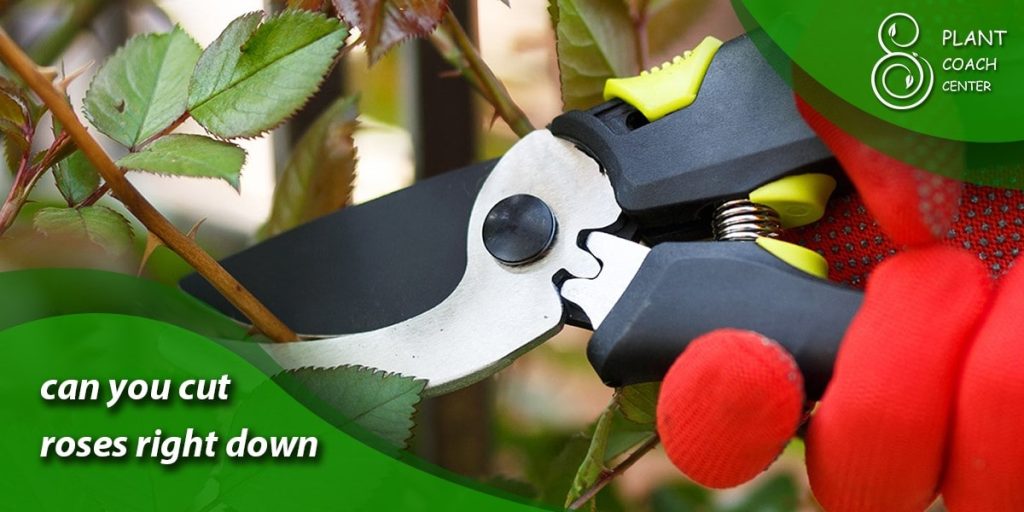
Understanding Growth Cycles
In the realm of roses, timing is everything, and grasping the intricacies of their growth cycles is the key to mastering the art of pruning. Roses, like all living beings, undergo distinct stages of growth that guide the optimal moments for trimming and shaping.
Dormant Dormancy
As winter blankets the landscape, rose bushes retreat into a period of dormancy. This phase, characterized by leaf loss and slowed growth, is ideal for heavy pruning. With the plant’s energy focused on root development, removing excess growth will maintain its vital processes.
Emergence of Spring
The rosebushes awaken from their slumber with the first signs of spring’s arrival. New buds sprout, marking the start of the growing season. However, it’s best to hold off on heavy pruning during this time, as young buds are vulnerable to frost damage. Instead, lightly groom the plant to remove dead wood and encourage healthy new growth.
Summer Splendor
The summer months see the rose bushes adorned in their colorful glory. During this period, focus on deadheading—removing spent flowers—to channel the plant’s energy towards producing new blooms. Avoid significant pruning, as it can impede the ongoing flowering process.
Fall Transitions
As summer’s warmth gives way to autumn’s crispness, rose bushes again prepare for dormancy. Moderate pruning is in order, focusing on shaping the plant and removing weak or damaged growth. This drills the rose bush to face winter’s challenges and sets the stage for rejuvenated growth come spring.
Reading Nature’s Clues
In the silent conversation between roses and their environment, nature provides an intricate tapestry of clues that guide us in knowing precisely when to cut down these magnificent blooms. Observing and interpreting these cues is an art, allowing us to synchronize our pruning efforts with the rosebushes’ needs.
Budding Signals
Keep a watchful eye on the emerging buds as winter fades. The appearance of these tiny, promising buds signifies that it’s time to prepare for growth. Just before the new shoots break through, this moment is opportune for light pruning, removing the dead and weak wood that may hinder the upcoming flourish.
Temperature Tidings
As temperatures rise and frost recedes, roses begin to stir. However, it’s essential to exercise patience and restraint during this time. Pruning early in the spring can expose tender new growth to potential frost damage. Waiting until the risk of frost has passed ensures a healthier outcome for your pruning efforts.
Blooms and Foliage
The state of the blooms and foliage is a language in itself. When the flowers fade, and the foliage starts showing signs of aging or disease, it’s a signal for post-bloom pruning. Removing spent blooms redirects energy, and tidying the foliage reduces the risk of disease spread.
Seasonal Symphony
Nature’s clues also extend to the season at hand. Summer’s full bloom signals deadheading, while autumn’s preparations beckon a more moderate pruning to prepare the plant for winter rest.
The Expert Eye
As you cultivate a keen eye for nature’s cues, remember that every garden is unique. The relationship between your rose bushes and their environment is a story only you can tell. By listening closely to these whispers, you elevate pruning from a routine task to an artistic dialogue with nature, ensuring your roses’ health and splendor.
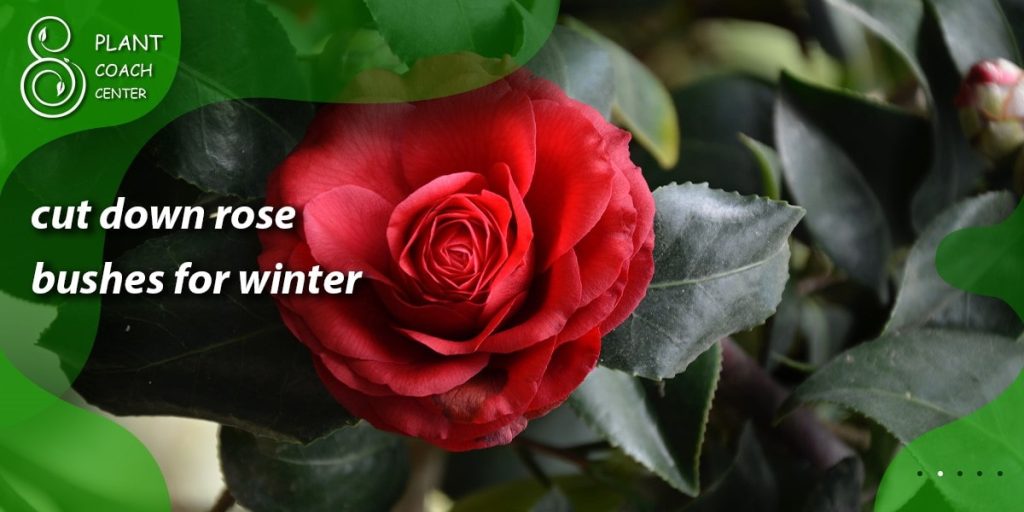
Seasonal Strategies
Each season plays a distinct role in the choreography of rose care, dictating the strategic pruning practices that best suit the moment. Adapting your approach based on the time of year ensures that your roses thrive and bloom to their fullest potential.
Winter Wisdom
During the tranquil embrace of winter, when the rose bushes are in dormancy, heavy pruning takes center stage. This is the time to reshape and rejuvenate the plant by removing old, dead, or diseased wood. Pruning during this dormant phase stimulates fresh growth in the coming spring.
Spring Sprouts
As spring unfurls its vibrant palette, restraint becomes the watchword. Early spring is suitable for light pruning to remove damaged or dead branches before new growth emerges. While it might be tempting to perform more drastic pruning during this time, be cautious, as late frost can harm tender new shoots.
Summer Sensibility
In the peak of summer, when the rose bushes are in their full glory, your approach shifts to maintenance. Focus on deadheading faded blooms to encourage further flowering. However, avoid heavy pruning, as it could disrupt the blooming cycle.
Fall Fine-Tuning
As summer wanes and autumn’s touch graces the garden, your pruning goals turn to tidying. Remove spent flowers and shape the rose bush for its winter rest. Avoid cutting back too drastically, as the plant requires some foliage to prepare for the cold season.
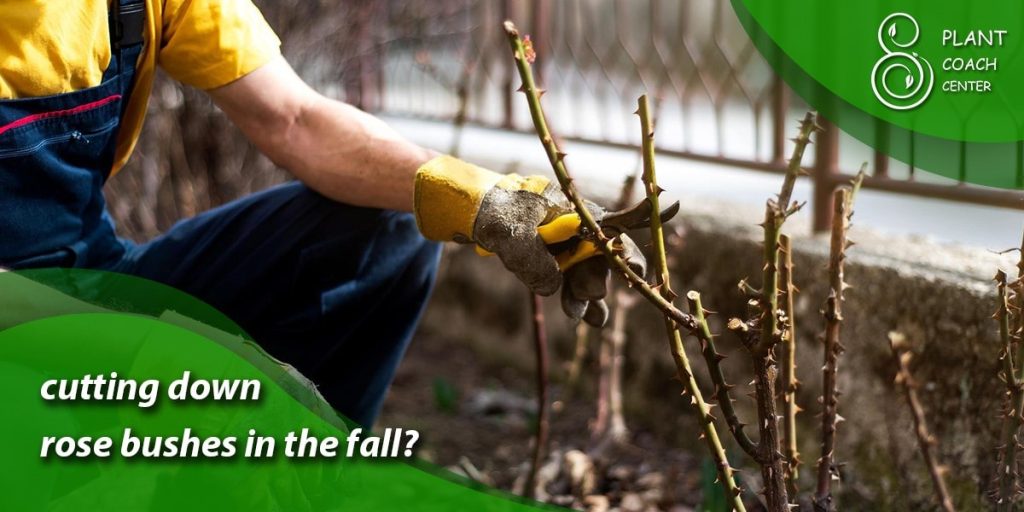
Post-Bloom Precision
As the vibrant petals of your roses gently fall, a new act in the gardening saga begins—one that involves finesse, precision and the promise of future blooms. Post-bloom pruning isn’t just about maintaining aesthetics; it’s about nurturing the potential for upcoming floral displays and upholding the overall vitality of your rose bushes.
Blossom Aftermath
As the bloom cycle winds down, it’s time to intervene with a meticulous touch. Start by identifying spent flowers that have lost their vibrancy. Carefully prune these faded blooms just above the nearest healthy set of leaves. This detailed process keeps your rose bushes neat and redirects the plant’s energy away from seed production and towards generating fresh buds.
Repeat Performance
Modern rose varieties often exhibit the marvelous trait of reblooming throughout the season. To coax this encore, embrace a practice known as “pinching.” This entails removing the top portion of new growth after the initial flowering phase. Doing so promotes branching and encourages the development of additional flower-bearing stems, ensuring a prolonged show of color.
Strategic Shaping
While post-bloom pruning is essential, it’s crucial to strike a balance. Avoid excessive removal of healthy foliage, as leaves are the plant’s energy factories, fueling growth and flowering. Concentrate on eliminating spent flowers and selectively pruning overcrowded or obstructive branches.
Cultivating Patience
After the pruning scissors have done their work, offer your rosebushes a moment to regroup and recover. In the subsequent weeks, anticipate fresh growth and the emergence of new buds. Your patience will be rewarded with a rejuvenated burst of color and vitality.
Artistic Mastery
Post-bloom precision pruning is a canvas upon which your artistry as a gardener shines. As you tenderly trim away the remnants of yesterday’s blooms, you create an intricate mosaic of tomorrow’s floral beauty. With each precise snip, you’re not merely sculpting roses; you’re molding a masterpiece of harmonious growth.
Navigating Climate Variability
In the world of rose care, understanding the nuances of your local climate becomes a guiding compass in determining the right time for pruning. While general pruning guidelines are valuable, adapting these practices to the unique environment of your region ensures optimal results and thriving rosebushes.
Frosty Considerations
For regions prone to frost, timing is critical. While late winter or early spring is the ideal period for pruning, it’s crucial to wait until the risk of frost has diminished. Pruning too early can expose vulnerable new growth to potential frost damage.
Milder Climates
In temperate areas where frost is less of a concern, a more flexible approach to pruning can be adopted. Consider a light pruning in late fall to tidy up before winter. However, exercise caution and avoid heavy pruning, as plants still require some growth to withstand the winter.
Continual Blooms
Some rose varieties bloom consistently throughout the growing season, regardless of traditional pruning schedules. These roses often flower on new growth, allowing for more liberal pruning without compromising their blooming potential.
Microclimates Matter
Within a single region, microclimates can vary significantly due to elevation, proximity to bodies of water, and urban environments. Be attuned to these microclimates, as they can influence frost dates and growing conditions, requiring a tailored approach to pruning.
Local Expertise
When navigating climate variability, tapping into local gardening knowledge is invaluable. Engage with local gardening clubs, extension services, or experienced gardeners to gather insights about your region’s climate nuances.

Species and Varietal Insights
Roses, in their breathtaking diversity, offer an array of species and cultivars, each with unique growth patterns and pruning requirements. Delving into the intricacies of these different types of roses unveils a world of insights that guide the when and how of pruning.
Hybrid Teas and Floribundas
These classic roses, known for their large, showy blooms, typically benefit from regular pruning. The best time is late winter or early spring, but for hybrid teas, wait until new growth is about to emerge.
Shrub Roses
Robust and often low-maintenance shrub roses vary in their pruning needs. Some thrive with light shaping, while others benefit from more aggressive pruning to encourage healthy growth and abundant flowering.
Climbing Roses
The key to climbing roses is distinguishing between those that flower once a year and those that rebloom. Once-blooming climbers should be pruned after flowering, while repeat-blooming climbers might require light pruning before new growth begins.
Rambling Roses
Ramblers exhibit a wilder growth habit and tend to flower on older wood. Prune immediately after flowering, as these roses set buds on the previous year’s growth.
Miniature and Groundcover Roses
These diminutive wonders often require minimal pruning. Remove dead or weak wood as needed, and consider shaping them slightly in early spring.
Old Garden Roses
These heirloom treasures have their own pruning habits based on their specific classes. Research each class’s traits, such as gallica, albas, and damasks, to ensure you provide the best care.
Modern Roses
The modern landscape is graced by an array of hybrid roses that exhibit different growth habits. Research the specific variety you have to tailor your pruning approach to its unique attributes.
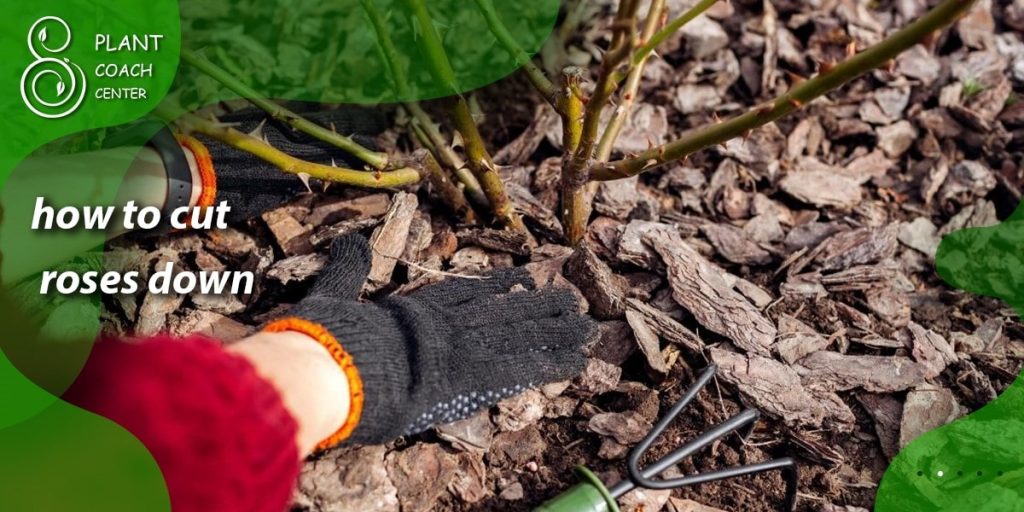
Rejuvenation Techniques
In the ballet of rose care, there comes a time when older or neglected rose bushes yearn for a second chance at life. Rejuvenation pruning emerges as a potent technique to breathe new vitality into these plants, offering the prospect of revived growth and vibrant blooms.
Reviving the Past
Rejuvenation pruning is akin to a botanical transformation, where a more radical approach is taken to renew the plant’s vigor. This technique is precious for mature roses that have become woody, overgrown, or unproductive.
Timing and Patience
Plan your rejuvenation for late winter or early spring when the plant is still dormant. But exercise caution—rejuvenation isn’t a universal solution. Evaluate the plant’s health and your willingness to embrace substantial change before embarking on this endeavor.
Strategic Selection
Begin by identifying the oldest and least productive canes. These will be the primary candidates for removal. Aim to retain several healthy, vigorous canes closer to the base. These will serve as the foundation for the plant’s resurgence.
Gradual Renewal
Rejuvenation is a process that takes time. Instead, it’s best done progressively over a few years to minimize shock to the plant. Remove some old canes each year until you’ve entirely revitalized the bush’s structure.
Nutrient Boost
Post-pruning, nurture the plant with well-balanced fertilizer or compost to provide the necessary nutrients for fresh growth.
Rebirth and Reward
The initial year after rejuvenation might see fewer blooms as the plant focuses on establishing new growth. However, the patience you exhibit will be rewarded with a revitalized rose bush boasting improved form, health, and an impressive floral display.
A Garden’s Symphony
Rejuvenation Pruning is a symphony of change and revival. By skillfully pruning away the old, you’re orchestrating a renewal that resonates with the heart of your garden. With each daring cut, you’re not just rejuvenating roses but instilling a symphony of resilience and beauty.
Conclusion
As we conclude our exploration of the intricate world of rose pruning, we’ve delved into the rhythm of growth cycles, deciphered nature’s subtle cues, and tailored strategies to diverse climates and rose varieties. The art of knowing when to cut down roses is a nuanced dance that marries tradition with adaptability, patience, and precision.
With every mindful snip, we’re not just sculpting the aesthetic of our gardens; we’re nurturing the very essence of these blooms. As your journey to promote these botanical wonders continues, remember that PlantCouchCenter.com stands as a steadfast companion, ready to guide you through the seasons, the species, and the delicate intricacies of rose care. With every tender touch, you’re not just pruning; you’re co-creating a symphony of nature’s grace and heartfelt dedication.
When's the best time to prune roses?
Prune in late winter or early spring, when plants are dormant.
Can I prune roses after they bloom?
Yes, post-bloom pruning redirects energy and encourages new growth.
How do I revive old rose bushes?
Embrace rejuvenation pruning in late winter to rejuvenate and stimulate fresh growth.


